Comets are celestial bodies formed of ice mixed with dusts, rocks and organic molecules that move across the solar system, orbiting the sun. Despite their small size, they can be seen from far away thanks to the long, bright trail they leave behind. Comets originate in the Oort cloud or in the Kuiper belt, areas made up of celestial objects and detritus located at the outskirts of our solar system. These incredibly cold areas produce “dirty snowball” clusters measuring several kilometers across that start to evaporate as they get closer to the sun. A coma, or vast cloud of gas and dust, forms around comet’s icy nucleus. Driven by solar winds, broad banks of particles emitted continuously by the sun, the comet’s gas and dust can form a tail stretching as long as 100 million kilometers.
The coma and the tail reflect light from the sun, making the comet shine. Some comets follow orbits that can take millions of years to complete. But as they draw closer to the center of the Solar System, some comets are affected by the gravitational pull of the planets, especially Jupiter, and change course. At this point, they begin following shorter orbits, completing a single orbit around the sun in less than 200 years. These are known as short-period comets, and include Halley’s Comet, which circles the sun every 76 years. When a comet’s icy nucleus is exposed to the sun for a long time, it completely evaporates. At this point, the tail disappears as well, and all that remains of the comet are the rocky debris contained in its original ice nucleus. When this debris enters the earth’s orbit and comes into contact with our atmosphere, it catches fire. This phenomenon is known as a meteor shower. The sky is filled with numerous meteors, otherwise known as shooting stars.
Ever since ancient times, naked-eye comets, or comets that can be seen without the help of any special instruments, have been considered the harbingers of extraordinary events both good and bad. Today, some scientists believe comets carry the molecules necessary for the development of life on a planet. Comets can also play an important role in religions. In the Gospel, for example, a comet presages the birth of Jesus. In the seventeenth-century, English astronomer Edmond Halley intuited that comets are celestial bodies circling the Sun. He calculated the orbits of 24 different comets, including the comet named after him.
The coma and the tail reflect light from the sun, making the comet shine. Some comets follow orbits that can take millions of years to complete. But as they draw closer to the center of the Solar System, some comets are affected by the gravitational pull of the planets, especially Jupiter, and change course. At this point, they begin following shorter orbits, completing a single orbit around the sun in less than 200 years. These are known as short-period comets, and include Halley’s Comet, which circles the sun every 76 years. When a comet’s icy nucleus is exposed to the sun for a long time, it completely evaporates. At this point, the tail disappears as well, and all that remains of the comet are the rocky debris contained in its original ice nucleus. When this debris enters the earth’s orbit and comes into contact with our atmosphere, it catches fire. This phenomenon is known as a meteor shower. The sky is filled with numerous meteors, otherwise known as shooting stars.
Ever since ancient times, naked-eye comets, or comets that can be seen without the help of any special instruments, have been considered the harbingers of extraordinary events both good and bad. Today, some scientists believe comets carry the molecules necessary for the development of life on a planet. Comets can also play an important role in religions. In the Gospel, for example, a comet presages the birth of Jesus. In the seventeenth-century, English astronomer Edmond Halley intuited that comets are celestial bodies circling the Sun. He calculated the orbits of 24 different comets, including the comet named after him.
RELATED


H2O


ELECTRIC CAR


OIL
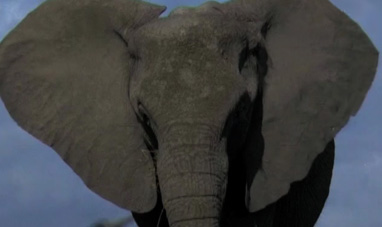

ELEPHANT
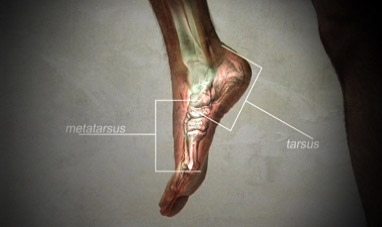

THE FEET
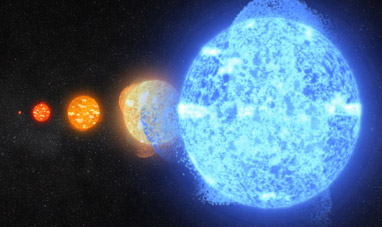

STARS
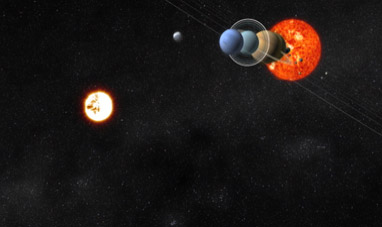

ERIS
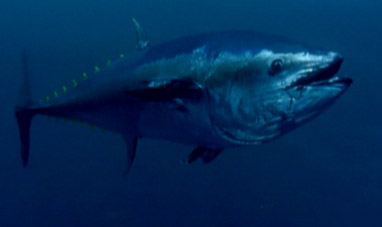

TUNA


THE DIGESTIVE SYSTEM
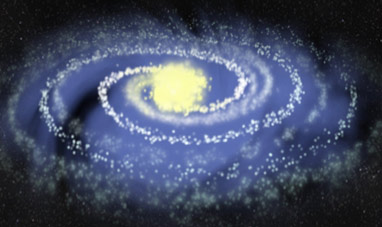

GALAXIES
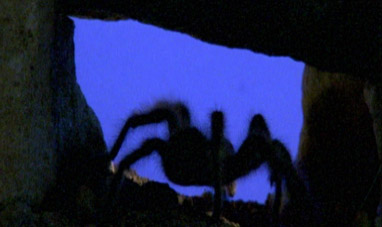

TARANTULA


KINETIC, POTENTIAL AND MECHANIC ENERGIES
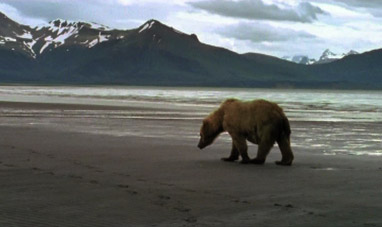

BEAR
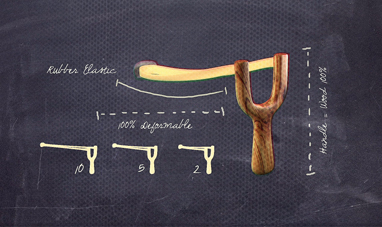

NATURAL RUBBERS


CHAMELEON


THE PRAYING MANTIS


NEBULAE


SKIN


NATURAL GAS (METHANE)
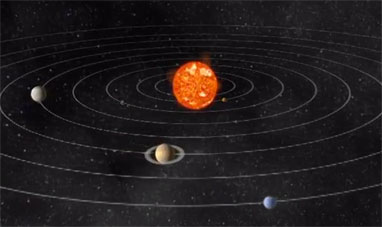

THE SOLAR SYSTEM


AMAZON


PARROTT
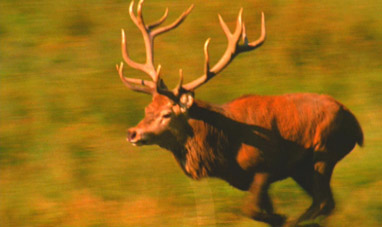

DEER


CITRUS FRUIT
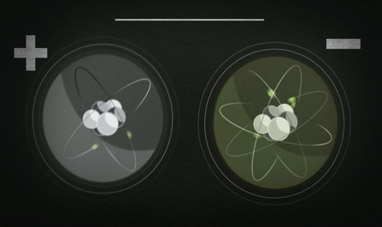

CHEMICAL BONDS
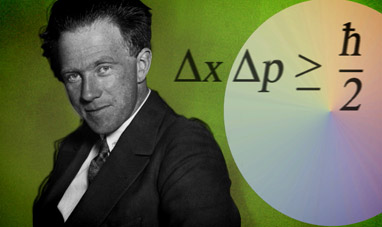

THE HEISENBERG PRINCIPLE


EOLIC
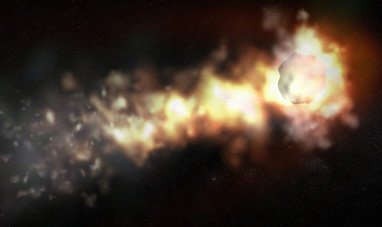

METEORITES


GIANT ANT EATER
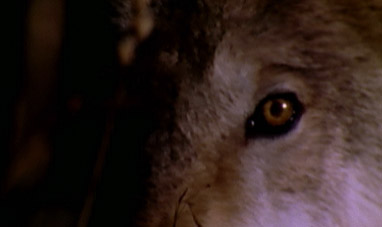

WOLF
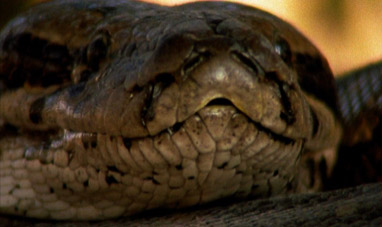

BOA


COBRA


LOTUS PLANT
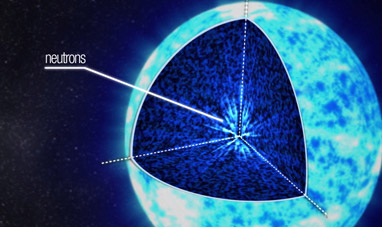

SUPERNOVAS
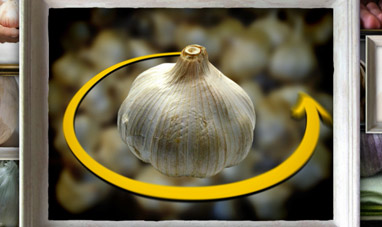

GARLIC
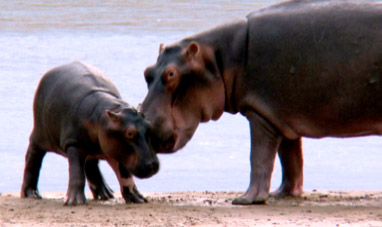

HIPPOPOTAMUS
